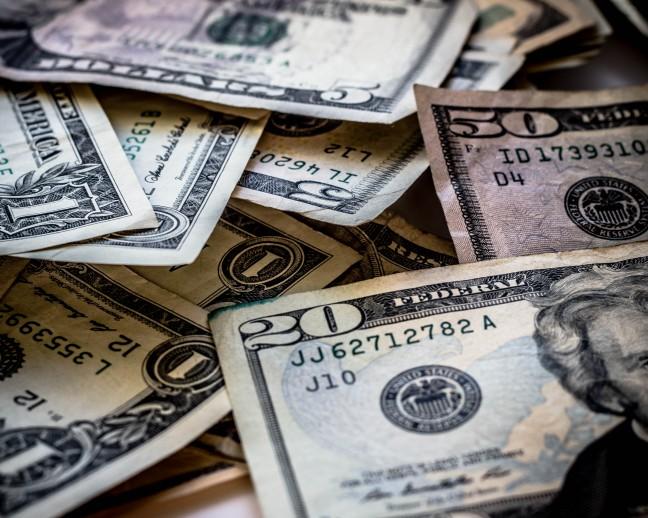Do you think of yourself as middle class? According to a Pew Research Center report, 90 percent of you probably do.
But depending on which definition of “middle class” you use, only about 50 percent of Americans actually fall within that distinction. Whether you conceptualize the middle class in terms of income, wealth/assets, consumption or other demographics, Americans generally think of the middle class as more inclusive than it actually is.
According to a study from the Journal of Macromarketing, which University of Wisconsin marketing professor Thomas O’Guinn coauthored, advertising plays a central role in our misperception of the middle class. The study asserts that middle, upper-middle and upper classes are largely overrepresented in the media and in advertising, with lower classes largely underrepresented.
This is a very common marketing strategy. Businesses and advertisers cater to people’s idealistic aspirations, not their insipid realities. If a company marketed their product as “If you buy this, you will remain just as ugly and chronically single as you were before,” no one would buy it. Everyone wants to feel beautiful, rich and intelligent. Despite the fact that each of these qualities can appear different on an individual level, there is a standardized societal definition to which most advertising companies adhere.
Walker’s challenger must combat the policies that have separated Wisconsin
The UW study focused on print advertising, but we see this trope transcending through all vehicles of media. Think about your favorite TV show characters. Most of them are living lifestyles well outside the means of typical Americans. For example, Phil and Claire Dunphy from “Modern Family” are meant to represent just that — a modern, standard, American family. However, the Dunphy’s family home in the Cheviot Hills neighborhood of Los Angeles recently sold for $2.15 million.
Despite the fact that Claire’s father Jay Pritchett is revealed to have made the down payment, the Dunphy’s would have still been looking at a monthly mortgage payment of around $10,000, which seems unrealistic given Phil’s career as a real estate agent and Claire’s unemployment (in earlier seasons).
The exaggerated presence of the upper-middle and upper classes have led people to think of this as the average. In other words, our perception of what the “middle class” is isn’t an overestimation equally on each end. It’s people with more money thinking of themselves as “average” or “middle class.”
Take David D., a 45-year-old lawyer living with his family in Minneapolis. According to a Bloomberg article, David makes about $200,000 annually and said he would “describe myself as middle-class. My wife and I have four kids and we both work. And we do fine.” According to the Pew Research Center’s definition of the middle class, David’s income puts him about $50,000 above the high end of what’s considered middle class.
This perception of what’s considered average and typical has allowed people like David, who are actually in the upper class, to exonerate themselves from acknowledging their socioeconomic privilege. In the same way that so-called “nice guys” fail to recognize their perpetuation of rape culture and liberal white folks see themselves as post-racist, the fallacy of the size of the middle class allows rich people to ignore their contributions to increasing wealth inequality.
According to a report CNN released, wealth inequality in the United States continues to grow. The report indicates that over the past fifty years, the top 1 percent has continually gained a greater percentage, with the bottom 50 percent losing wealth at the same rate. In 1969, the bottom 50 percent held over 20 percent of the wealth, while the top one percent held less than 13 percent. By 2016, those figures had exactly flipped.
Gap in prison, university spending reveals questionable priorities
In an interview with Fast Company about his study, O’Guinn explained that advertising has not kept up with the growing wealth inequality.
“The American Dream is very challenged. We don’t have the upward mobility like we used to. Ads have always overrepresented the rich and underrepresented the working class, but they were still pretty resonant with people’s everyday reality. Now, they’re more myth,” O’Guinn said.
Not only has media failed to update its perception of the average person’s economic status, but also the American people themselves have failed to recognize the change in wealth inequality. Just as with any social issue, those within the position of power need to be able to recognize that power and privilege in order to solve the issue.
Allowing upper-class households to pass themselves off as “middle class” means they’re not being held accountable for their perpetuation of socioeconomic injustice. It’s not illegal to be rich and it’s not immoral to hold onto wealth that you have earned. However, if you should be considered “upper-class,” it’s important that you recognize the power that accompanies such a title.
Cait Gibbons ([email protected]) is a sophomore majoring in statistics and Chinese.




















